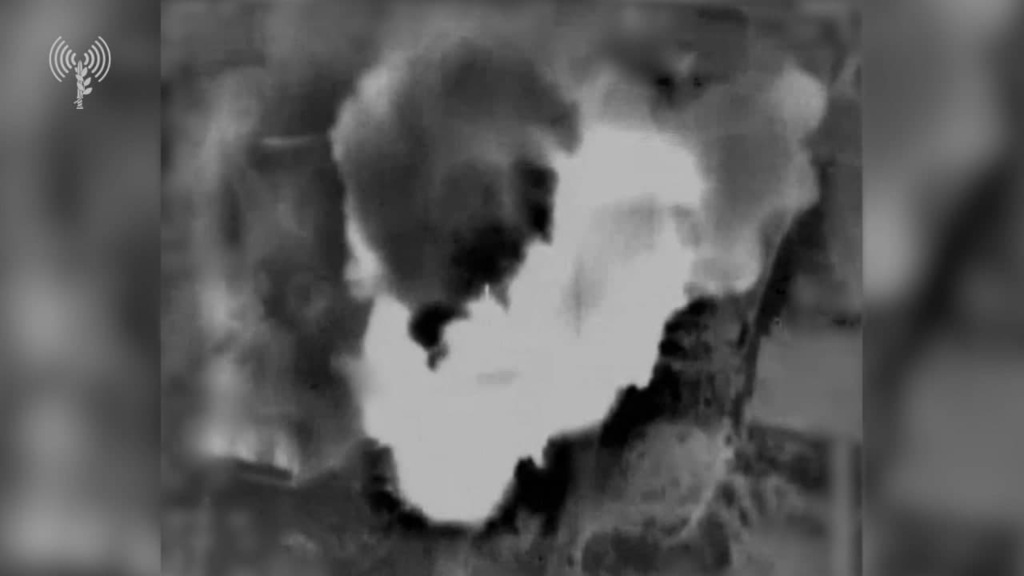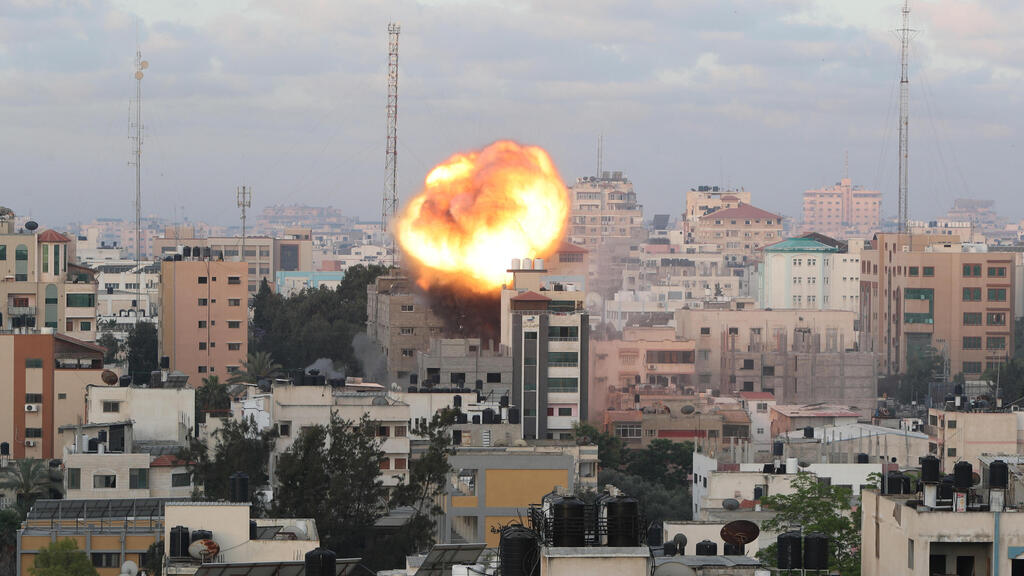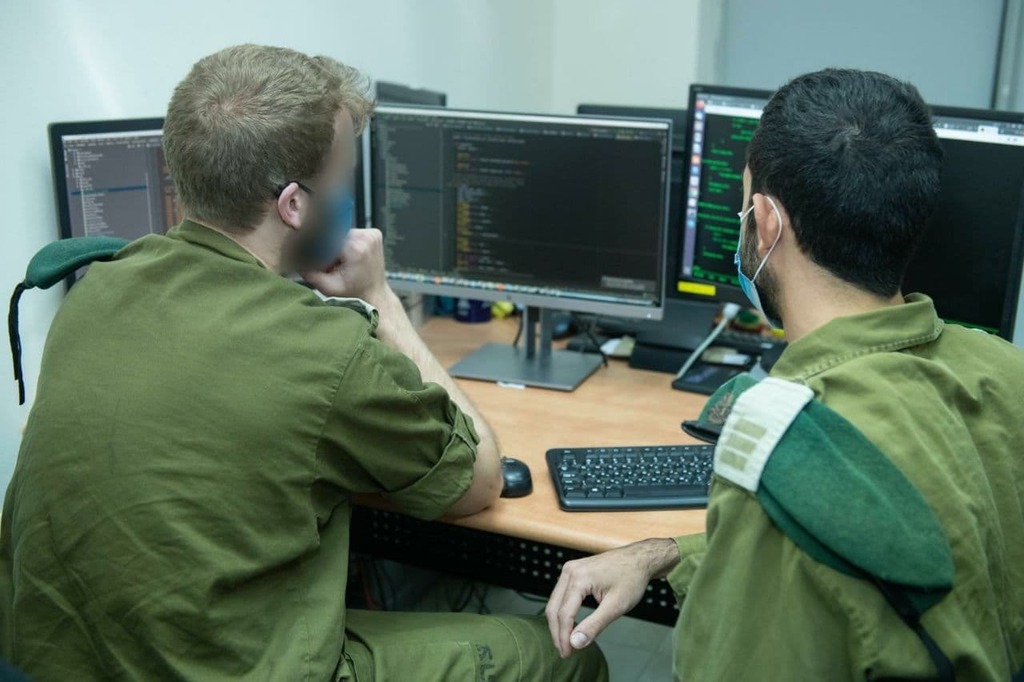Getting your Trinity Audio player ready...
Military Intelligence Directorate officials said on Thursday that the IDF had almost depleted its target bank within the Gaza Strip as the current round of fighting with Palestinian terrorist groups may be nearing its closure.
Some even began summarizing the campaign, dubbed "Operation Guardian of the Walls" in Israel, which was launched after years of close inspection on the targets struck over the span of eleven days.
Intelligence official already announced last weekend that a series of Israeli blows had destroyed Hamas' rocket production capabilities during the early days of fighting, so that if the 14,000 rockets with which the terrorist organization reportedly began fighting had depleted, then it would not have been able to produce new ones.
The military continued its strikes in the Hamas-controlled territory; however, with much less intensity compared to previous days of fighting.
Israeli fighter jets attacked a Hamas offensive tunnel in Beit Hanoun, as well as two underground rocket launchers in Jabalya, which were used, among other things, to fire rockets at Tel Aviv.
In addition, the military said that it had attacked other terrorist targets throughout the Gaza Strip overnight, including military infrastructure at the home of the commander of Hamas' northern brigade in Khan Yunis, Ali Abu Zarqa, weapons production sites and several launch and underground positions.
Meanwhile, officers in the Research Division were already referring to actions that began with their intelligence work in the past tense, evidence of the critical mass of high-quality targets that have already been attacked and destroyed.
"We have carried out plans that we have been working on for years," said a Research Division officer entrusted with collecting a bank of quality targets, including Gaza's subterranean tunnel and rocket production systems. "If I were to close my eyes and imagine how many of our plans would be executed and in such a short and successful period of time -- I would not have been able to envision this."
The Research Division has developed to grant them a deep understanding of each target and its potential impact on the ongoing campaign.
"We've eliminated senior Hamas engineers, experts in rocket production and other types of armaments," the officer said. "These are sources of knowledge that otherwise don't exist in the Gaza. It's also hard to find a replacement for them as opposed to senior field commanders that are eliminated. We're talking about research and development experts that are unique to a para-military guerilla group that specializes in fighting in densely built places such as Gaza."
3 View gallery


Footage of IDF strike on lookout post in the Gaza Strip
(Photo: IDF Spokesperson's Unit)
The Research Division confirmed that most significant targets that were pre-prepared were already attacked, but it was focusing on creating new targets during fighting using artificial intelligence, cross-referencing sources and analyzing anomalies.
The intelligence arm also recorded partial success in two other fields -- locating and destroying the hundreds of long-range rockets that have been successfully stashed and locating senior Hamas figures, such as the terror outfit military wing's shadowy leader Mohammed Deif and Hamas chief Yahya Sinwar who continued to command the group's forces.
According to Palestinian sources, the IDF targeted both Dief and Sinwar but they managed to escape in the nick of time.



